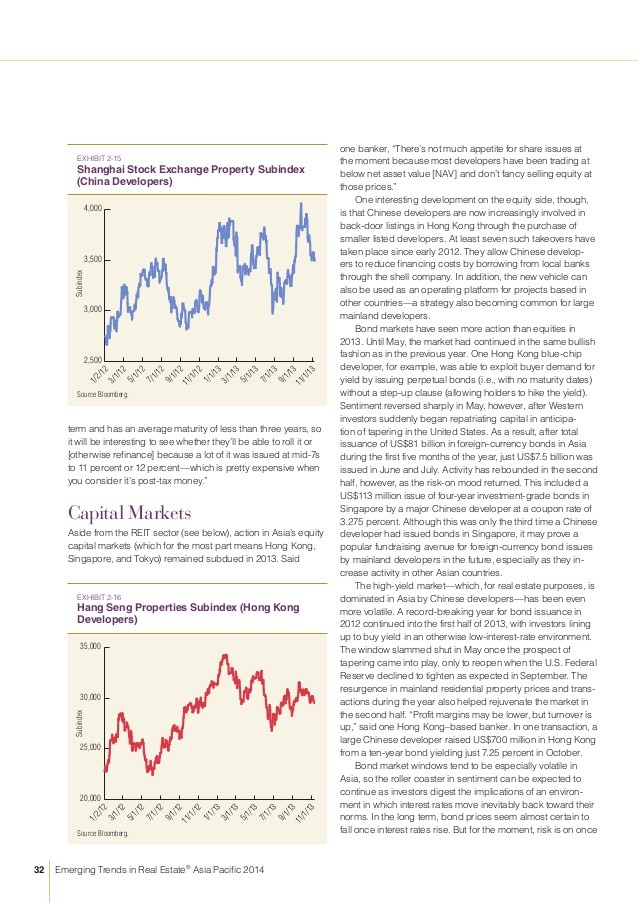The REIT Way Asia Pacific Markets Need Better Governance Practices
Post on: 11 Август, 2015 No Comment

News out of the Asia Pacific Real Estate Association (APREA) confirms that 2010 was a very good year indeed for real estate investment trusts (REITs) in Asian markets, with market capitalizations rebounding to over $US156 billion at the end of the year, from just $US66 billion in early 2009. APREA, a non-profit association that promotes the Asia-Pacific real estate sector to investors, notes that REITs outperformed several key local equity markets during the year, including a 31.9 percent outperformance in Hong Kong and 27.9 percent in Japan.
Looking beyond the current investment outlook for these popular structures, the Asia-Pacific office of CFA Institute took particular interest in 2010 in assessing the governance structures that underpin REITs in the region. With impressive returns, retail and institutional investors are likely to be attracted to the sector. But are their interests adequately protected?
Asia-Pacific REITs: Building Trust Through Better REIT Governance is the newly released research report that grew out of our examination of Asia-Pacific REITs last year. For the sector to continue to justify investor trust — and investor capital — we believe that some governance reforms are in order to reduce or manage some of the more troubling conflicts of interest in current REIT structures. Some recommendations look familiar to any student of good governance practices, including requiring REITs to hold annual general meetings (AGMs); requiring REIT managers to have majority independent boards; discouraging provisions that entrench management and obstruct the markets for corporate control; and requiring independent unitholder approval for related-party transactions. Other recommendations are more specific to REITs: allowing unitholders to hire and fire the REIT manager; aligning REIT manager fees with unitholder returns; removing leverage restrictions; and streamlining governance to provide for a single responsible entity to be accountable to investors.
In an ideal world REITs would have internalized management structures, with their own independent board of directors. Unitholders, meanwhile, would have the ability to nominate and appoint directors as well as remove any directors they felt were not representing their best interests. And controlling unitholders would not own more than 50 percent of the issued units — in order to give the minority a fighting chance. However, as the saying goes, Rome wasn’t built in a day, and changes in this relatively young market will inevitably take time.
What’s at stake? Already, a significant amount of investor capital is devoted to these assets. Protecting the rights of investors who already have an economic stake can only help position the Asia-Pacific REIT market for further growth, including attracting capital from sophisticated investors who demand minimum governance standards.
Initial response to the CFA Institute report’s release has been constructive and positive, and we’re continuing to talk to participants in the REIT industry about our findings.
What’s your perspective? Will attractive returns blind investors to governance shortcomings, or are reforms necessary to sustain growth? We’d appreciate your views.














